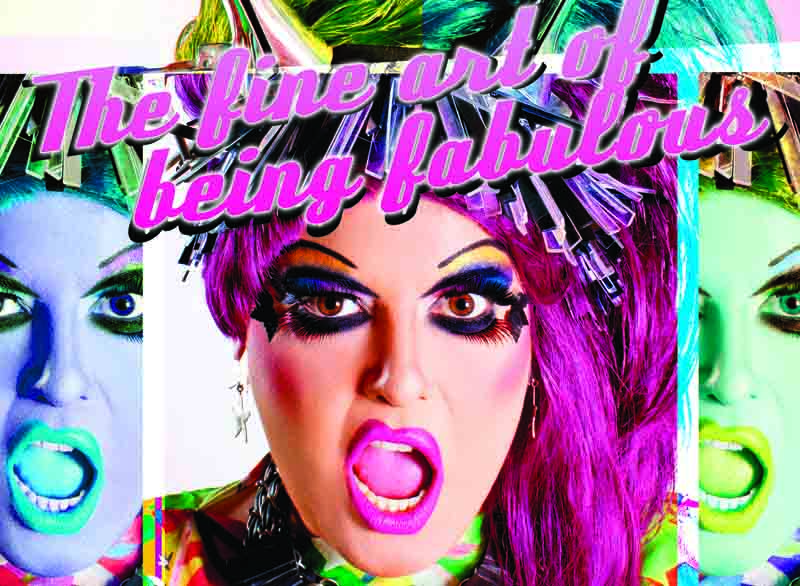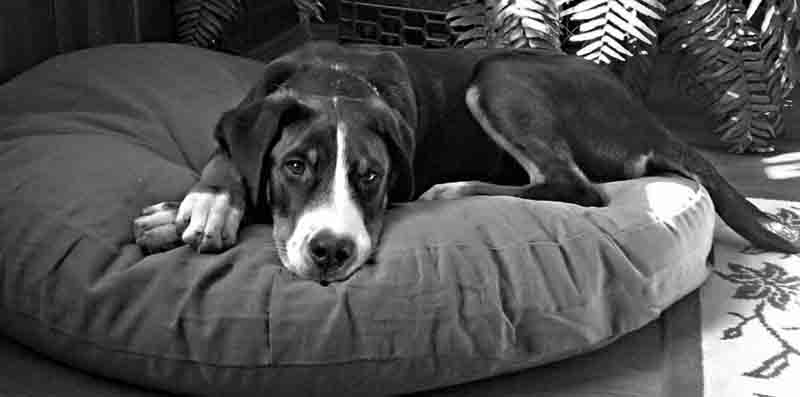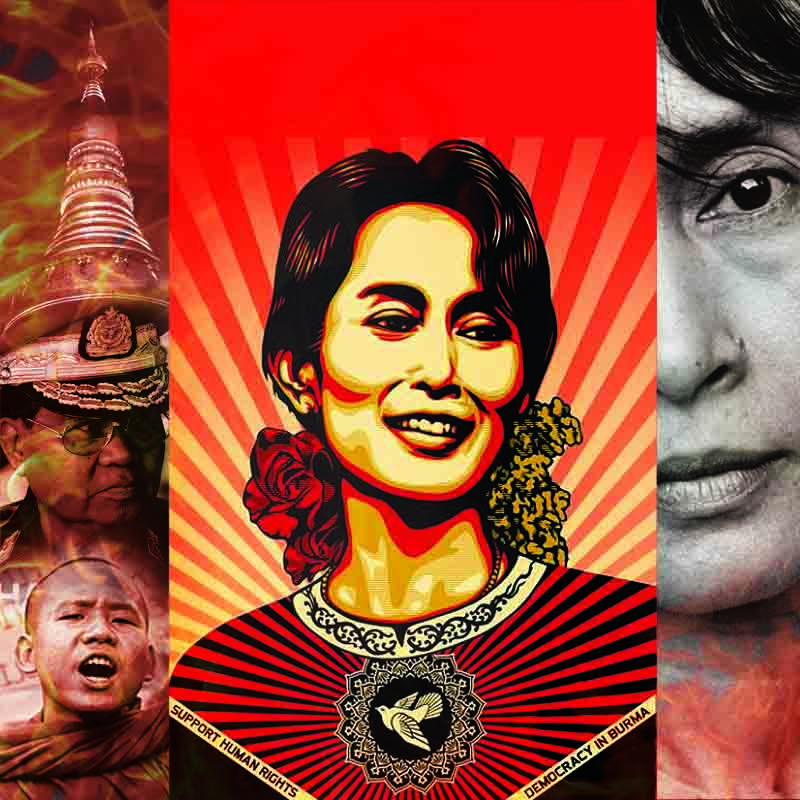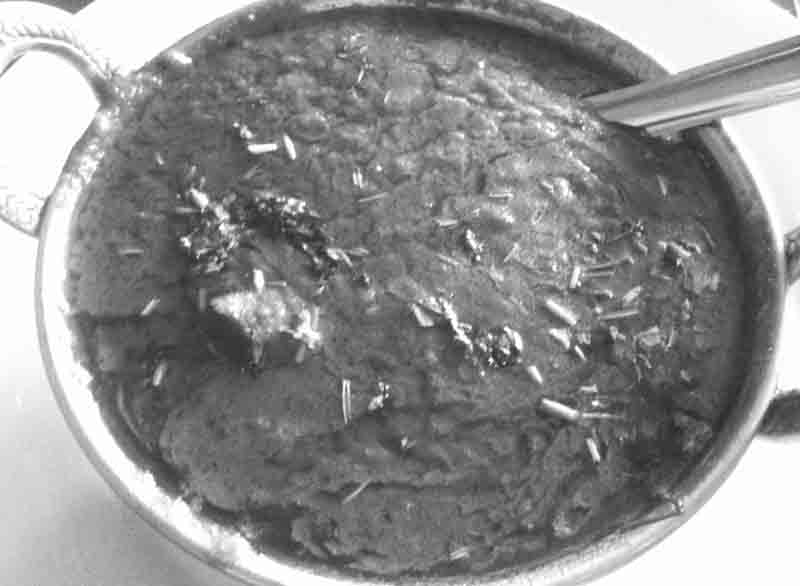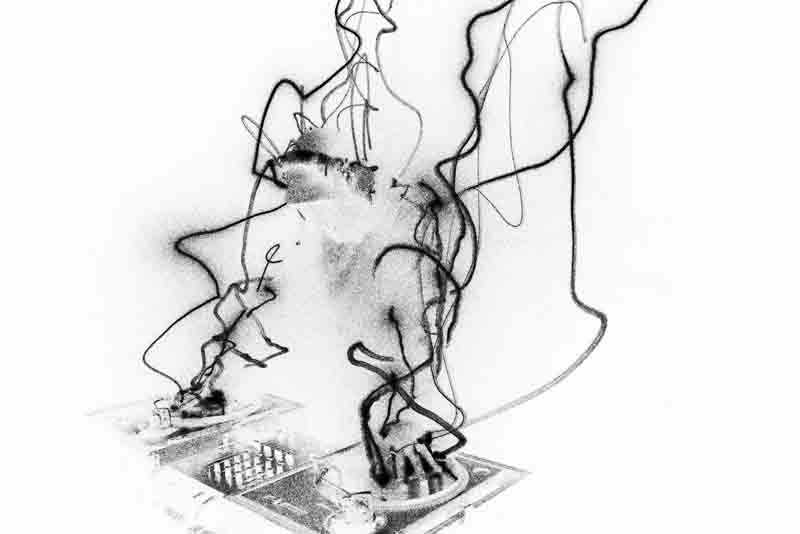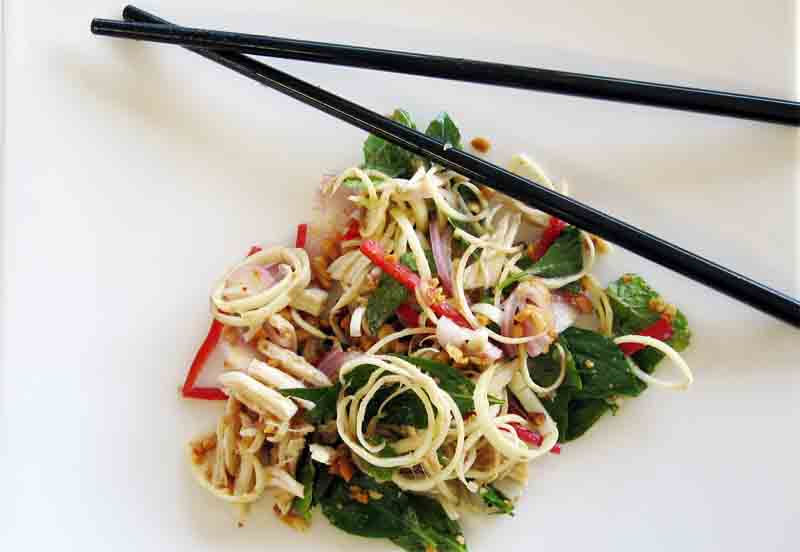On 8 April 1994, the day Kurt Cobain’s body was discovered in his Seattle home, local journalist Charles R Cross picked up the phone to hear CNN’s Larry King bellowing: “Tell me, what is ‘grunge music’?” It was – and still is – a bloody good question.
“Grunge isn’t a musical style. It’s complaining set to a drop D tuning,” DJ/journalist Jeff Gilbert once quipped to Mark Yarm, author of Everybody Loves Our Town: An Oral History of Grunge. The term, now wedded to the bleak sound of Seattle, appears as far back as on the sleeve of a 1957 Johnny Burnette rockabilly album. By April 1972, American rock critic Lester Bangs was using it in Rolling Stone magazine to describe the muddy, indistinct sound of a Count Five album. In 1988, Seattle music label Sub Pop used it to promote a Green River album: “Gritty vocals, roaring Marshall amps, ultra-loose GRUNGE that destroyed the morals of a generation.”
Today, years after Cobain decried the wholesale export of the Seattle scene as a prefabricated trend, grunge still retains meaning. Unlike the sound of its hipster successors in the early 2000s, this stripped-back primeval rock music eschewed artifice in favour of grinding bass riffs, thrashy guitar and pictures-falling-off-the-walls drums.
Such is the sound of The Mincers, Tasmanian peddlers of grunge-inspired girl rock, here to promote their debut album and record new material with Professor Kinski of local raga-dub band, Dub Addiction. We caught up with lead vocalist, guitarist and songwriter Zoe Visoiu to talk Nirvana, environmentalism and Facebook relationship statuses.
The Mincers take me back to thrashing around in student mosh pits in the ’90s.
I also spent a lot of time thrashing around in student mosh pits in the ’90s! But I grew up in Tasmania in the forest valley of Jackey’s Marsh. I was quite isolated as a child and after having enough of art school, I moved to Melbourne, where I became drawn into an amazing spoken word scene there.
It was a very eclectic scene and I began to feel that my poetry would be more powerful if it were set to music. So I started teaching myself guitar and to consider the song-writing elements and never looked back once I discovered the three-minute pop song, which is a really powerful medium.
We’re not spoken word specifically, but that was the place where I took off from stylistically and have become more concerned with vocalisation as time has gone by. I plan to incorporate some spoken monologue into the shows. I move between speaking and singing, the melody comes and goes depending on the content, subject and emotion involved in my lyrics. A lot of my lyrics are very personal and almost diaristic in nature.
How so?
Some of my songs are inspired by relationships and some are like a diary. Some of the songs I write when I actually have something in my life that I can’t quite quantify and I feel like by turning it into a song, I can transform it into something beautiful when it hasn’t been beautiful. It’s existential in a way: by acknowledging the experience, it’s working it out.
Catharsis: poetic indeed. Are there any recurring themes?
Relation to self; relationships and self. My song Good Behaviour talks about not sacrificing who I am to become something for someone else. Industry Tool is about wanting to change my relationship status on Facebook; I’m interested in the impacts of the internet on people’s personal and public relationships.
Something about the Piano is a love song inspired by Pinky Beecroft. There’s something about musical communication and connection that affects people deeply. I’m aware of that, even on stage. And then some of my songs are so private that I never perform them.
Isn’t that a little unusual?
Yeah, I’ve got songs that I’ve written about ex-partners who have died and out of respect I have shelved some material. Plus, it upsets me to sing them publically. It’s a personal thing. I generally don’t hold back.
You say you felt isolated as a child. What was it like growing up in rural Tasmania?
I grew up in a small logging community where my mother became very involved in local environmentalism. I was picked on at school because 80% of the other kids’ parents were employed by the logging industry and this forced me to become very independent and strong-willed.
I do have environmental concerns, though they might not be obvious; I’m more likely to speak in between songs about issues that I think are important. Growing up in the forest without power, TV or many other children around made me quite self-sufficient. Because I was so isolated, I had a lot of time to think and develop my own interests.
Discovering grunge rock, I felt liberated: suddenly a whole culture of people were wearing op-shop clothes, not conforming, and I felt like I was a part of that community. I owned Hole’s albums before I’d even heard of Nirvana.
The independence of my childhood has carried through into my art as an adult in the ways that I’m DIY. I’ve taught myself how to play guitar, how to sing, how to write songs, how to manage my band, and organise gigging and touring.
Song writing: do you have a process?
It tends to be different every time. Sometimes I’ll start with a guitar riff and then frantically search around for lyrics to put with it. Other times, I’ll write out whole pages of lyrics and then try to set them to music. Some songs come out of jamming at band practice and I always ask the guys for input on arrangements and hooks.
The last song I wrote is Good Behaviour, which I wrote because I was angry. I felt like I was in a really tough situation and I wanted to use the song to help make me feel strong. I started with the lyrics: it’s a series of statements and affirmations. It’s stuff that I wanted to say to someone but wasn’t able to. I feel like turning that situation into a song, I managed to turn that situation around, though my boyfriend hates it when I sing that song… [Laughs]
On the subject of partners, Industry Tool: there can’t be many souls on Facebook who haven’t agonised over their public relationship status at some point.
I totally agree. These days, I choose not to have a relationship status because that’s too personal. Sometimes to have the public affirmation of love is comforting, but other times it’s such a major head-fuck that I can’t be bothered with it.
OK, the debut album: talk us through it.
Meet The Mincers is produced by Kramer, an ex-member of Ween who produced Lou Reed and Debbie Harry. Eleven songs ranging from country-grunge elements on Look in the Mirror, to Siouxsie Sioux-esque Shorts and a Skirt, with bits of classic rock and melodic pop in between. Look in the Mirror is featured in the climactic fight scene of an upcoming Tasmanian short film, The Jelly Wrestler, by award-winning director Rebecca Thomson. Some of the songs are quite short and punchy. I’m interested to see how the album will be received on tour by an international audience.
Skipping back for a sec to where it all began: was there ever a defining moment when you were able to vanquish your tormentors at school?
Hard question. I think actually I’ve only more recently overcome it. Reconnecting with old school friends via Facebook has given us a chance to see each other objectively. There was a defining moment, though: being successful with my music, being acknowledged, gaining a Hollywood contract for songs with my first band.
When that happened I felt I really did show the world that even as a female songwriter in an isolated community, you can still be bigger than your environment and expectations of you. I felt like I proved myself. But the strongest thing that I did was to realise that I could just walk away and that I didn’t have to justify anything to anyone or take on their limited mainstream perceptions.
WHO: The Mincers
WHAT: Grunge-inspired girl rock
WHERE: Equinox, St. 278 and Bodhi Villa, Kampot
WHEN: 9pm January 25 (Equinox) and February 1 (Bodhi Villa)
WHY: Grunge lives!

